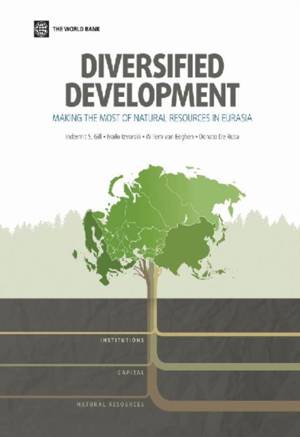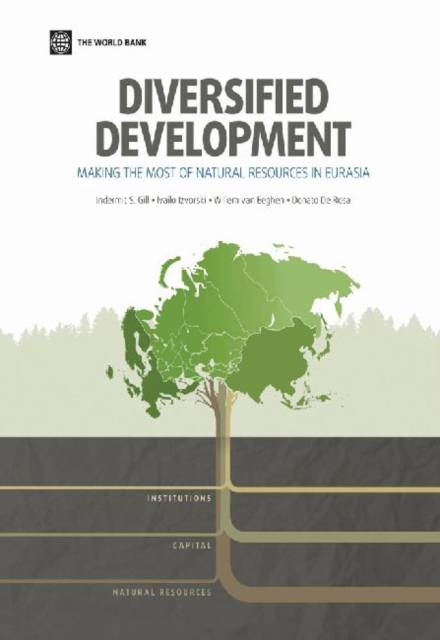
- Afhalen na 1 uur in een winkel met voorraad
- Gratis thuislevering in België vanaf € 30
- Ruim aanbod met 7 miljoen producten
- Afhalen na 1 uur in een winkel met voorraad
- Gratis thuislevering in België vanaf € 30
- Ruim aanbod met 7 miljoen producten
Zoeken
Diversified Development
Making the Most of Natural Resources in Eurasia
Indermit S Gill, Ivailo Izvorski, Willem Van Eeghen, Donato De Rosa
€ 59,95
+ 119 punten
Omschrijving
Development policy discussions in Eurasia often become debates about how economies can be made more diversified. For a region that is resource-rich, this is to be expected. But Eurasian economies have in many ways become less diversified during the past two decades. At the same time, people are much better off today than they were in the 1990s: poverty has been cut in half, incomes have increased fivefold, and education and health have improved noticeably since the tumultuous days following the collapse of communism. Eurasia's economies have become more efficient: they are more integrated with the global economy and more productive at home. The region has also become better at converting natural wealth into productive capital; since the mid-2000s, it has built more in assets than the mineral wealth it has used up. But most countries in Eurasia have yet to learn the main lesson from the experience of resource-rich countries in other parts of the world. What distinguishes success from failure are the institutions to manage volatility, ensure high-quality education, and provide a competition regime that levels the playing field for enterprises. Development success comes from more diversified asset portfolios---a better balance between natural resources, capital, and institutions. This report, written by the Europe and Central Asia Region of the World Bank with the support of the Eurasian Development Bank, hopes to make the task of creating such portfolios a little easier.
Specificaties
Betrokkenen
- Auteur(s):
- Uitgeverij:
Inhoud
- Aantal bladzijden:
- 373
- Taal:
- Engels
- Reeks:
Eigenschappen
- Productcode (EAN):
- 9781464801198
- Verschijningsdatum:
- 26/02/2014
- Uitvoering:
- Paperback
- Formaat:
- Trade paperback (VS)
- Afmetingen:
- 203 mm x 264 mm
- Gewicht:
- 1156 g

Alleen bij Standaard Boekhandel
+ 119 punten op je klantenkaart van Standaard Boekhandel
Beoordelingen
We publiceren alleen reviews die voldoen aan de voorwaarden voor reviews. Bekijk onze voorwaarden voor reviews.











